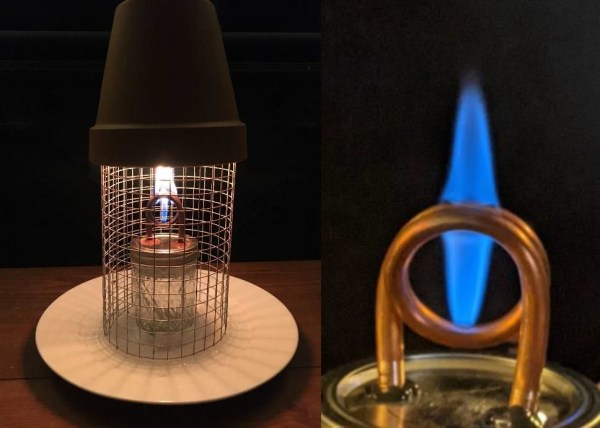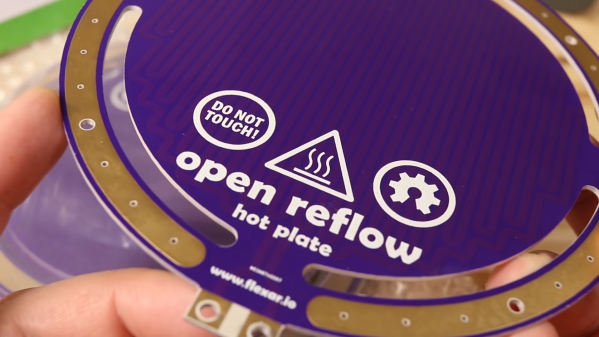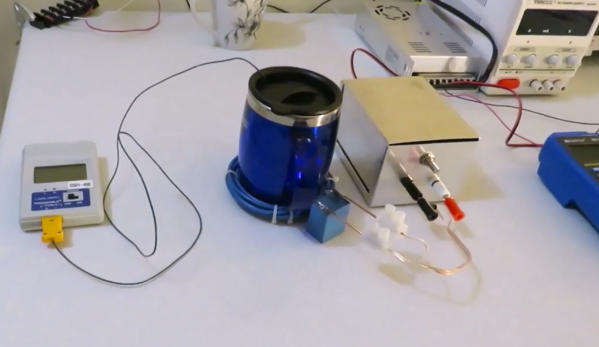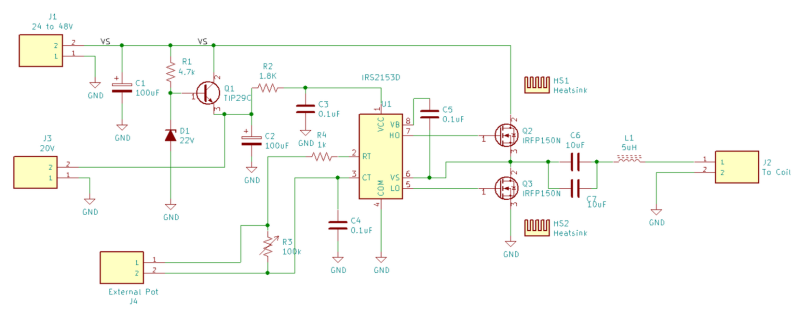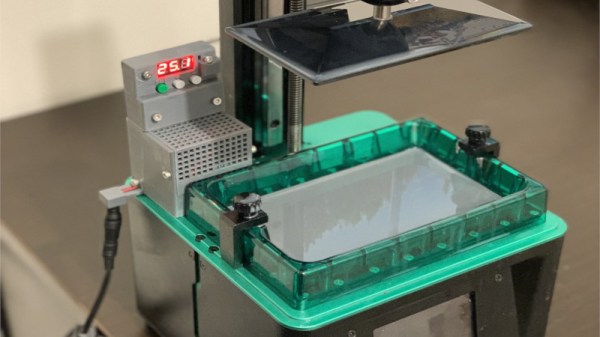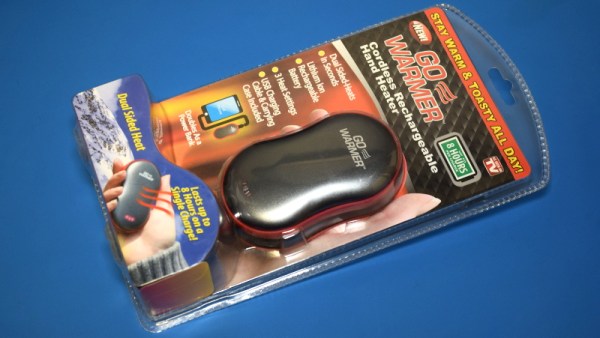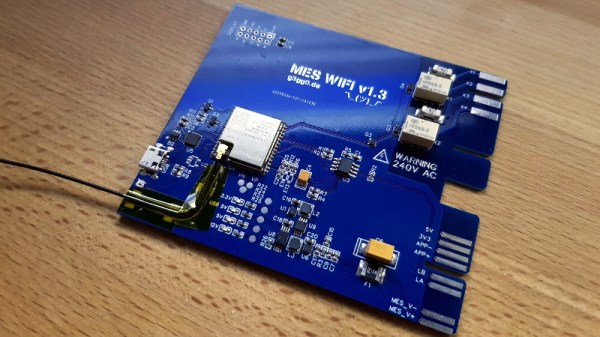At Hackaday’s Minnesota office, we appreciate central heat and hot coffee because the outdoor temperature is sub-zero in Celsius and Fahrenheit. Not everyone here has such amenities, and families living in tents could use heater help. If you live somewhere inhospitably cold and have the resources (time being the most crucial), please consider building and donating alcohol jet burners.
Alcohol burners like these are great for tents because if they tip over, they self-extinguish. You can fill them with 70% rubbing alcohol and they’ll heat a small space, and if running on denatured alcohol, they can be used to cook with. They won’t do you much good outdoors unless you have significant wind protection, as the tiny jet is likely to blow out. The first time you light one, you must heat the coil with a lighter or another heater to vaporize incoming fuel, then it can sustain itself by wicking fluid up from the reservoir jar. Relighting after a tip or accidental gust only takes a spark since the copper is already hot.
If you came for a hack, note how they fill the small tubes with salt funneled through a condiment cap before bending them. Sure, there are springy pipe bending tools, but who doesn’t already have salt and tape? Keeping humans warm is crucial, but heating metal takes a different approach.
Heater Bloc's Guide for Building the Copper Coil Alcohol Heater and Safety Enclosure is now available!
Please share this zine with anyone interested in instructions on how to build a tent-safe alcohol heater. https://t.co/iv5xKd93jo— Heater Bloc (@HeaterBloc) November 23, 2021
Thank you for the tip, [cyberlass]

